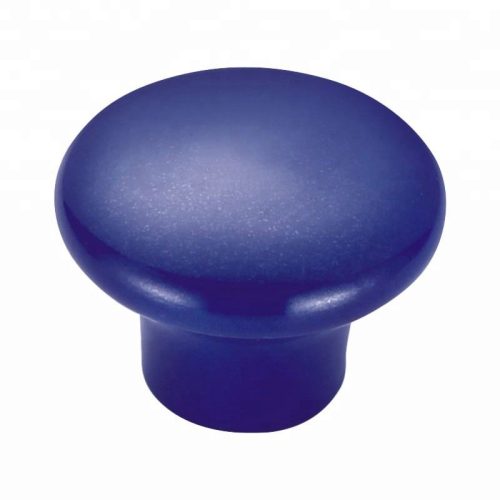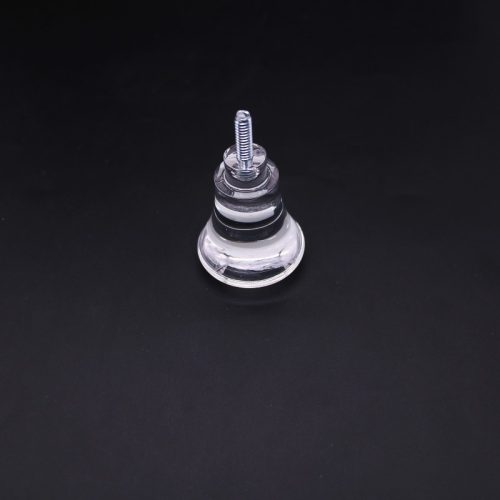Designing tool handles to reduce fatigue involves considering ergonomic principles and using materials that offer comfort and grip. Here are some strategies for creating well-designed plastic tool handles that minimize user fatigue:
- Ergonomic Shape: Design the handle with a shape that fits comfortably in the user’s hand. Ergonomic handles often have contours that match the natural grip of the hand, reducing strain during use.
- Contoured Grips: Incorporate textured or contoured grips on the handle to improve grip and prevent slipping. This reduces the need for users to apply excessive force to hold onto the tool.
- Cushioned Surfaces: Add soft or cushioned surfaces to the handle to reduce pressure points and vibrations transferred to the user’s hand.
- Anti-Vibration Features: Integrate features that dampen vibrations transmitted from the tool to the user’s hand, which can significantly reduce hand fatigue over time.
- Non-Slip Materials: Use non-slip materials or coatings on the handle’s surface to prevent the hand from slipping during use, reducing the need for a tight grip.
- Optimal Size and Diameter: Ensure the handle’s size and diameter match the user’s hand size. A handle that’s too small or too large can lead to discomfort and fatigue.
- Weight Distribution: Distribute the weight of the tool evenly along the handle to prevent imbalances that could strain the user’s hand and wrist.
- Finger Grooves or Ridges: Include finger grooves or ridges on the handle to encourage a more natural and secure grip, reducing the need for excessive force.
- Thumb Rests: Add thumb rests or recessed areas on the handle where the thumb can comfortably rest, helping to reduce the strain on the thumb muscles.
- Ventilation and Moisture Management: Design the handle with features that allow ventilation and prevent moisture buildup, as sweaty or uncomfortable hands can contribute to fatigue.
- Adjustable Handles: Consider designs that allow users to adjust the angle or position of the handle to accommodate different hand sizes and working postures.
- Balance and Center of Gravity: Ensure that the tool’s weight is balanced and that the center of gravity is positioned appropriately, minimizing the need for users to exert excess force.
- User Feedback: Gather feedback from users during the design process to understand their preferences and pain points, ensuring that the final design addresses their needs.
- Materials: Choose plastic materials with the right combination of rigidity and flexibility to provide both durability and comfort. Some plastics offer enhanced grip properties.
- Testing and Iteration: Prototype and test different handle designs with potential users to identify which features effectively reduce fatigue and discomfort.
By incorporating these ergonomic and design principles, you can create plastic tool handles that prioritize user comfort, minimize fatigue, and improve overall usability.


